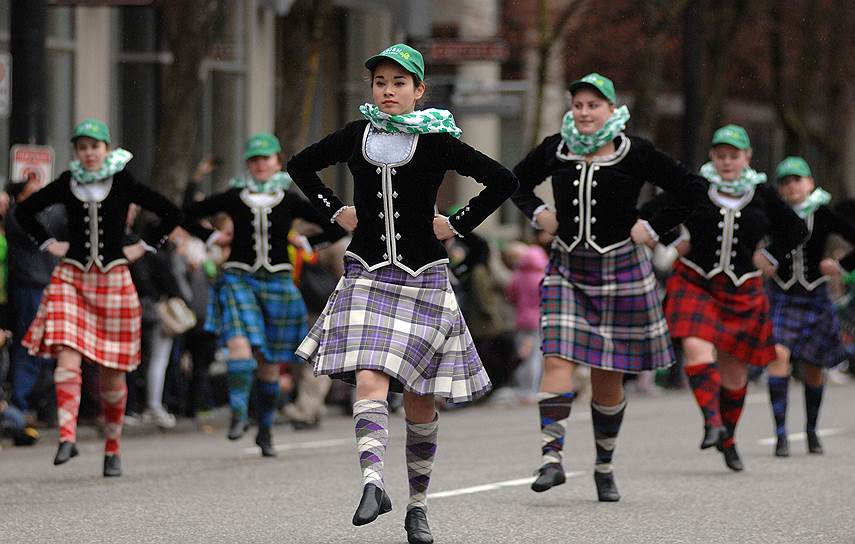The diversity of types of country dances in the UK

There are two basic types of Irish dancing. Group dancing is called ceili (party) dancing or figure dancing, because of the patterns the dancers make. Solo dancing, called step dancing, focuses on learning steps of intricate footwork rather than figures. In fact, Irish dancing is unique because step dancers concentrate on footwork and do not use their hands when dancing. Step dancing includes two types of dances: soft shoe, performed in ballet-like, laced leather shoes, and hard shoe, performed in special Irish tap shoes. The tapping in Irish dance may originally have come from English clog dancing (done in heavy wooden clogs), or from Spanish or North African traders. No one is sure of the true origins, but over the years, a purely Irish tapping technique and style developed. Irish dance is performed to traditional Irish music, including reels, jigs, slip jigs, and hornpipes. The slip jig is a light, airy dance,done in soft shoe, and only performed by girls. Hornpipes are only performed in hard shoe, while reels and jigs can be either soft or hard shoe and are danced by boys and girls alike. Scottish country dances are categorised as reels (including hornpipes), jigs, and strathspeys according to the type of music to which they are danced. The first two types (also called "quick-time dances") feature fast tempos, quick movements, and a lively feel. The third type (strathspey) has a much slower tempo and a more formal, stately feel. There are also 9/8 jigs, minuets and waltz-time dances although they make up a very small part of the repertoire.